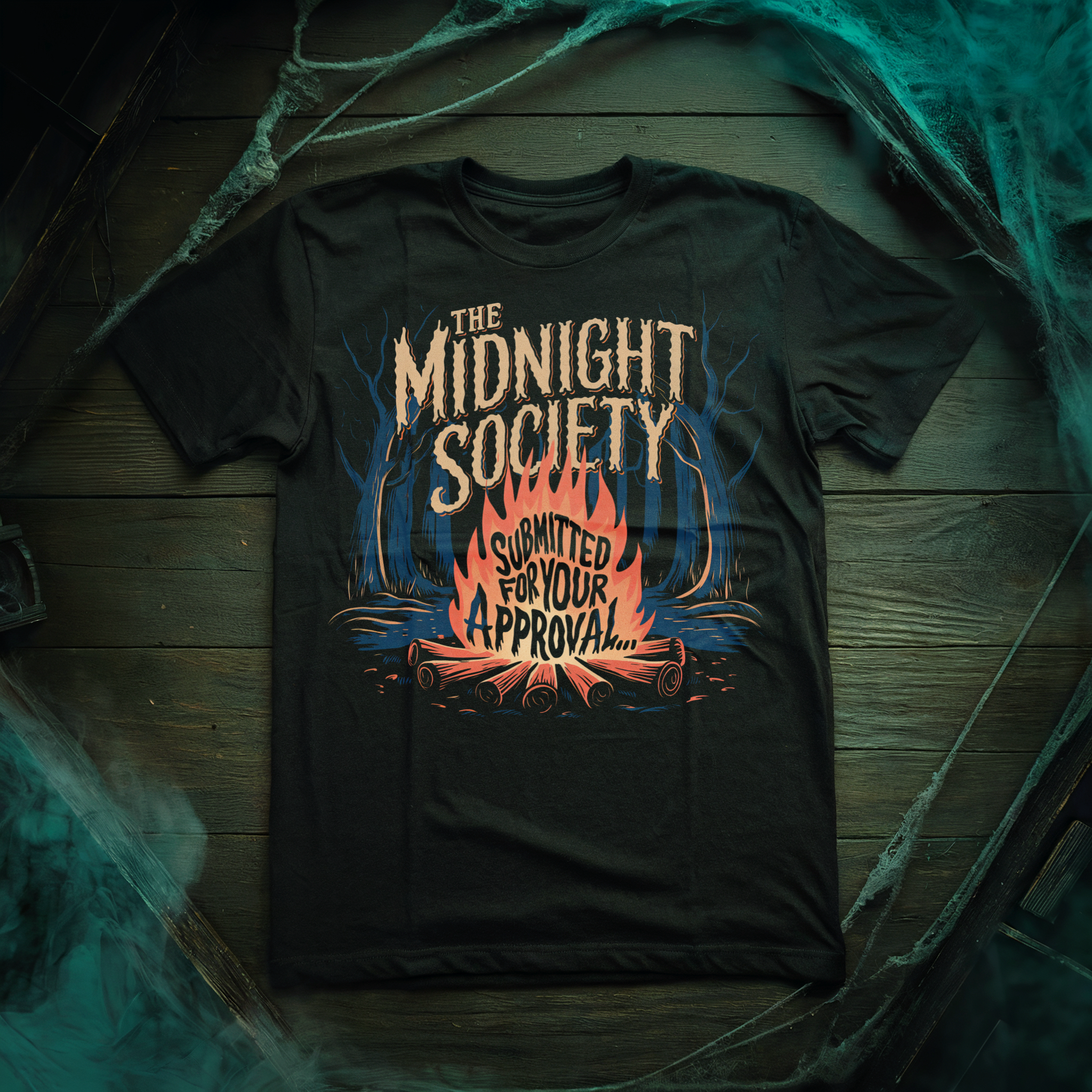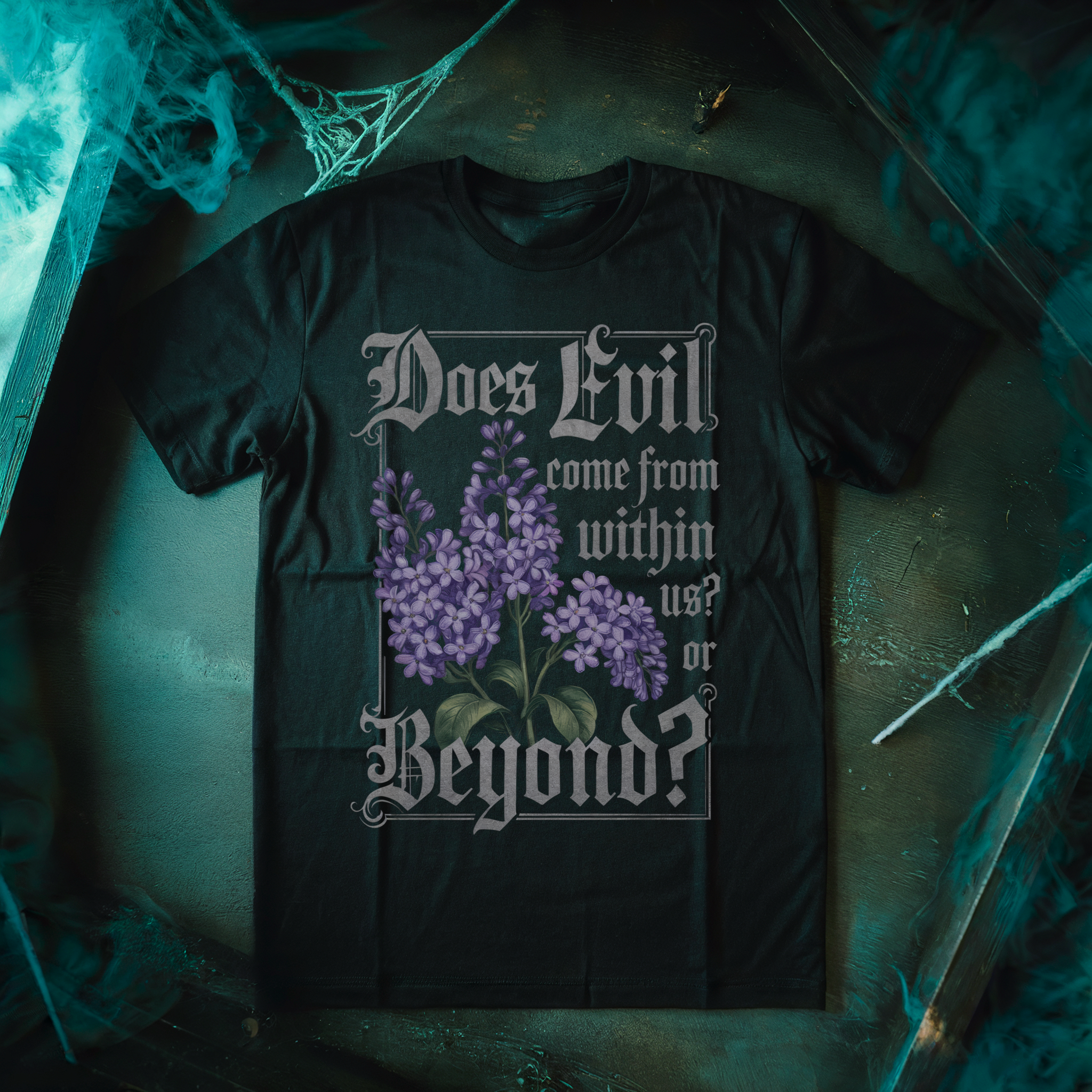There is a helluva lot of art out there that wants to interrogate society’s relationship with violence. It’s as if there is a code that needs to be cracked in order to explain our fascination with it and why we are so used to seeing it on the screen, on the page, and on the wall. But perhaps there is no answer. Perhaps violence is just part of human nature and there’s nothing we can do to escape that cycle. This is how Jay Baruchel (Goon: Last of the Enforcers) inserts his voice into the cultural conversation with his new film, Random Acts of Violence. With gory deaths and the protagonist’s questionable ethics, Baruchel puts our love and fascination with horrific death under a microscope. However, his examination is frustratingly brief, leaving loose ends and unsatisfying answers to important questions.

In Random Acts of Violence, adapted from the graphic novel of the same name, Todd Walkley (Jesse Williams, Cabin in the Woods) is a comic book writer known for his violent series “Slasherman.” It is deemed the number one R-rate comic, where the serial killer is the hero. He is working on the final issue but is unsure of how to end it. In the midst of his creative crisis, he embarks on a road trip to New York City Comic Con with his wife Kathy (Jordana Brewster, The Texas Chainsaw Massacre (2006)), assistant Aurora (Niamh Wilson, Saw 3), and best friend Ezra (Baruchel).
As they drive from Toronto to the Big Apple, bodies start to pile up. And these aren’t regular murders. Each murder scene is styled after kills in “Slasherman,” with the killer taking inspiration in Todd’s work. In confronting what he’s done, Todd grapples with his responsibility in the violence and if he is in fact complicit with these deaths.
“With gory deaths and the protagonist’s questionable ethics, [Director Jay] Baruchel puts our love and fascination with horrific death under a microscope.“
As the title suggests, there sure is a lot of violence in the film. Knives are swung, heads are removed, and blood is spilled everywhere. Each murder is meant to recreate deaths from Todd’s comic book with limbs bent into shapes and heads placed just so. These scenes, such as a triptych where three dead bodies are entwined, are reminiscent of the set pieces in the NBC series, Hannibal. Bodies are placed on display like their own pieces of art, with skin and organs as the killer’s medium. This creates an uncomfortable relationship between art and reality, blurring the lines between the fictional and the real.
The backdrop of these violent deaths is a colorful lighting palette and animation sequences that make the film look like a comic book in action. Green and red lights are used so frequently that it could become annoying. Yet, these colors are necessary to match the tone set by over-the-top violence; this is meant to be a stylized version of reality. Colorful and sketchy animation sequences serve as ways to show hazy images of past trauma and again emphasize the film’s source material.
![random acts of violence 1 [Review] The Stylized Cycle of Trauma in Jay Baruchel’s RANDOM ACTS OF VIOLENCE 11 random acts of violence 1](https://nofspodcast.com/wp-content/uploads/2020/08/random-acts-of-violence-1-800x463.jpg)
The practical effects and undeniable style of the film come together to create an interesting take on the slasher that wants to do more than kill teenagers in increasingly brutal ways. Instead, the onslaught of deaths is building a critique against our relationship with violence, particularly true crime and the fetishization of grisly crimes. We love to consume the macabre and engross ourselves in depravity. But what are the consequences of that?
Baruchel tries to answer that from a rather nihilistic perspective that takes on the cycle of trauma and abuse. By drawing violent acts, Todd is able to process his trauma. Putting the images in his head onto paper provides a catharsis, where those images have been exorcised through arts. He and Aurora discuss this, in fact, sharing a need to draw it out in regards to trauma. But then that catharsis, at least for Todd, is monetized and shared around, collecting rabid fans who love blood.
“[…] the onslaught of deaths is building a critique against our relationship with violence, particularly true crime and the fetishization of grisly crimes.“
So what is the answer? You’ll have to watch Random Acts of Violence to find out, but I will say the answer is frustrating, as if there’s nothing we can do about it. Violence is violence, that’s all there is. It is not that the answer is unsatisfactory, but how it gets there is, particularly in examining violence against women. Kathy explicitly states the issues of violating the female body over and over again as if letting people know that behavior is OK. But once these questions are raised, they are just left hanging in the air. Women continued to be murdered and we’re left wondering why that question was even asked.
Yet, in that frustrating lack of follow-through in its societal criticism, Random Acts of Violence is still a wild ride worth taking. With its gory displays and neon lighting, Baruchel takes the world of the graphic novel and translates it beautifully to live-action. Baruchel imbues the film with a style that shows the confidence in his voice and willingness to take risks to create something new, yet familiar at the same time.
Random Acts of Violence comes to Shudder on August 20. Let us know what you think on Twitter, Reddit, and in the Horror Movie Fiend Club on Facebook!
![random acts of violence poster [Review] The Stylized Cycle of Trauma in Jay Baruchel’s RANDOM ACTS OF VIOLENCE 12 random acts of violence poster](https://nofspodcast.com/wp-content/uploads/2020/08/random-acts-of-violence-poster-800x1207.jpg)





![random acts of violence featured e1597854399186 [Review] The Stylized Cycle of Trauma in Jay Baruchel’s RANDOM ACTS OF VIOLENCE 10 random acts of violence featured e1597854399186](https://nofspodcast.com/wp-content/uploads/2020/08/random-acts-of-violence-featured-e1597854399186.jpg)



